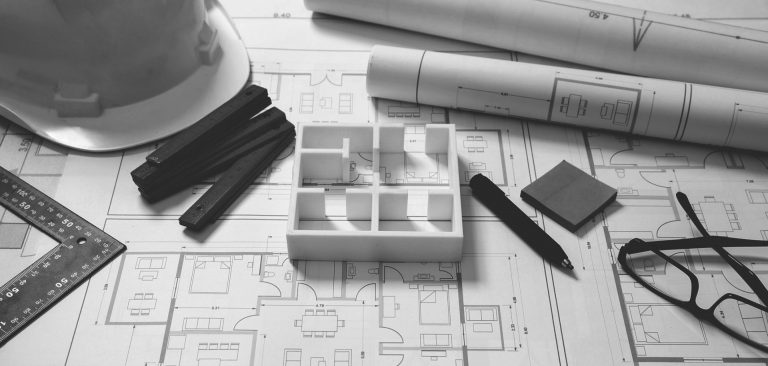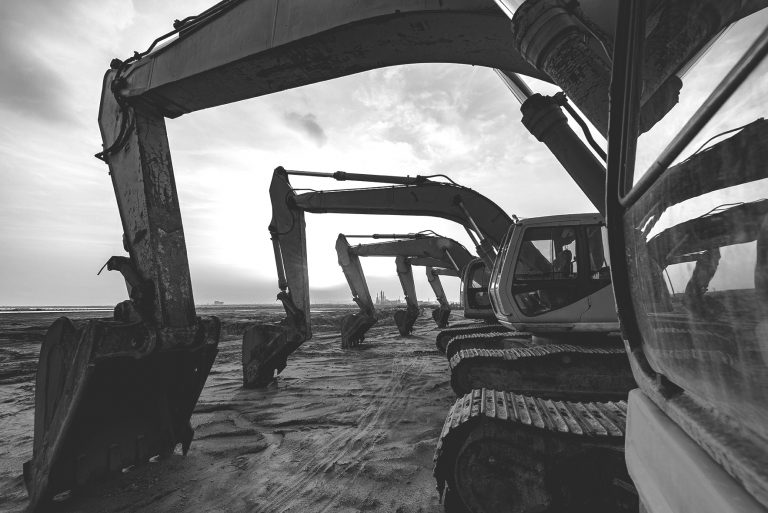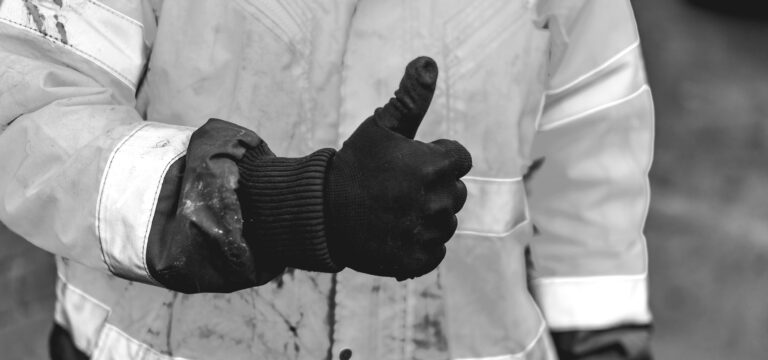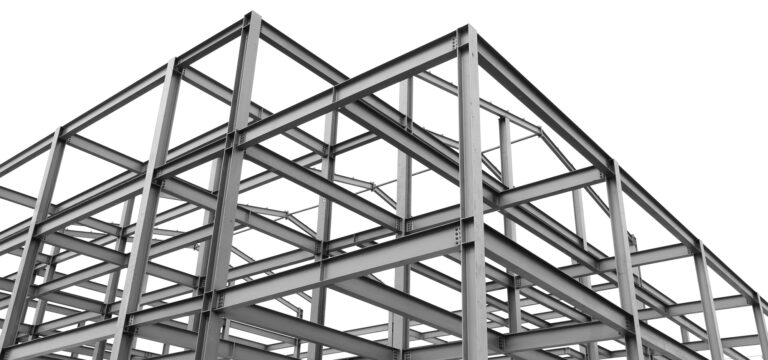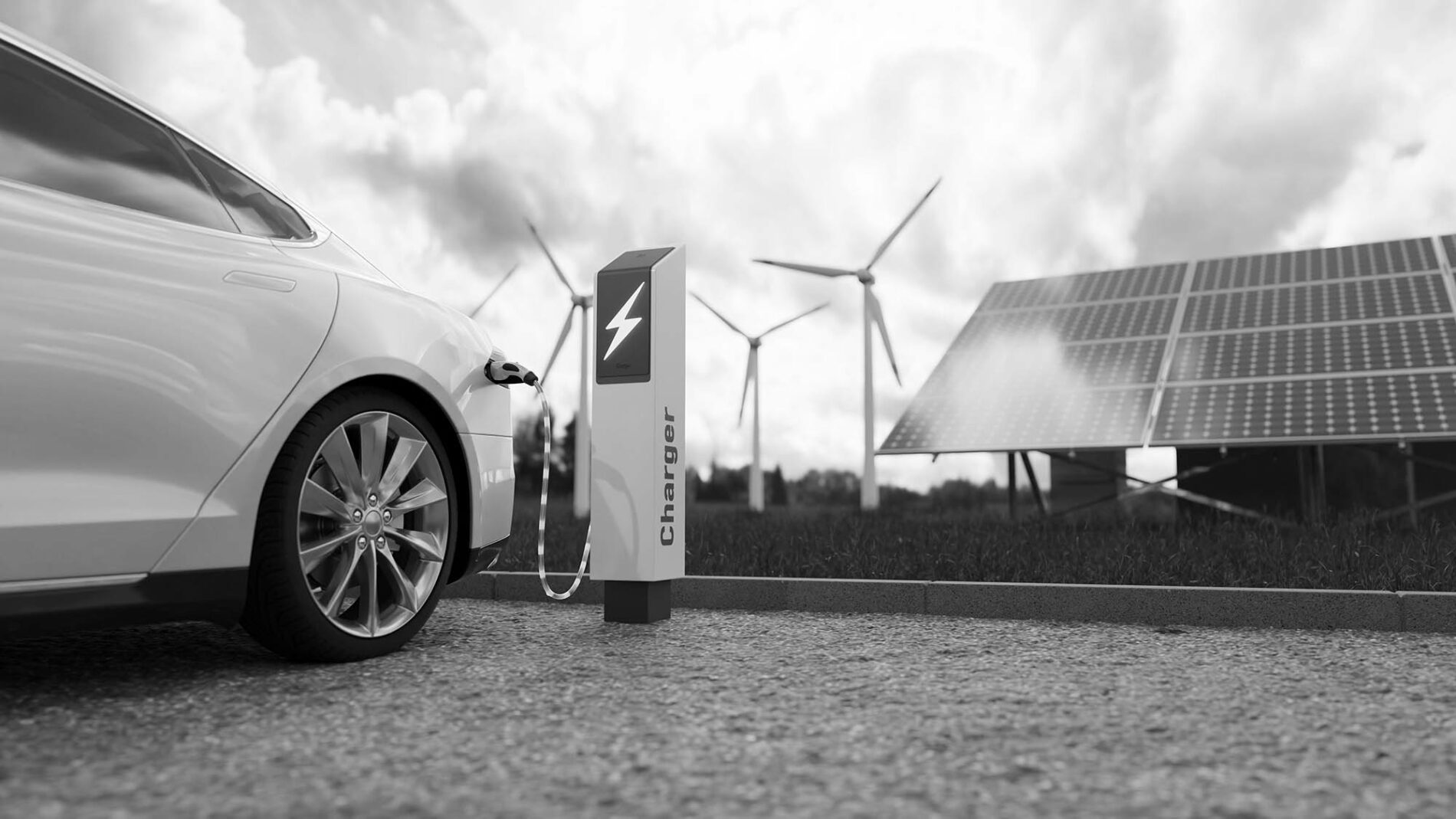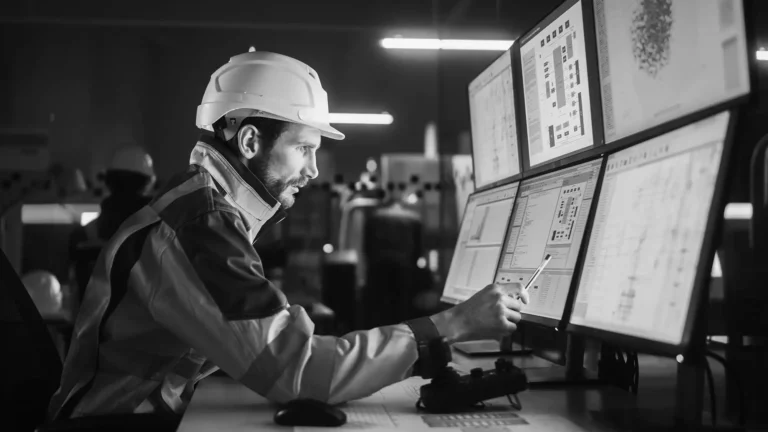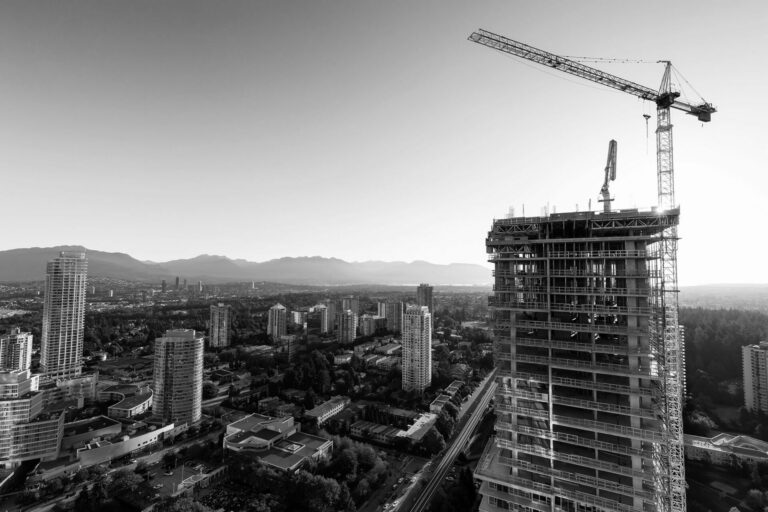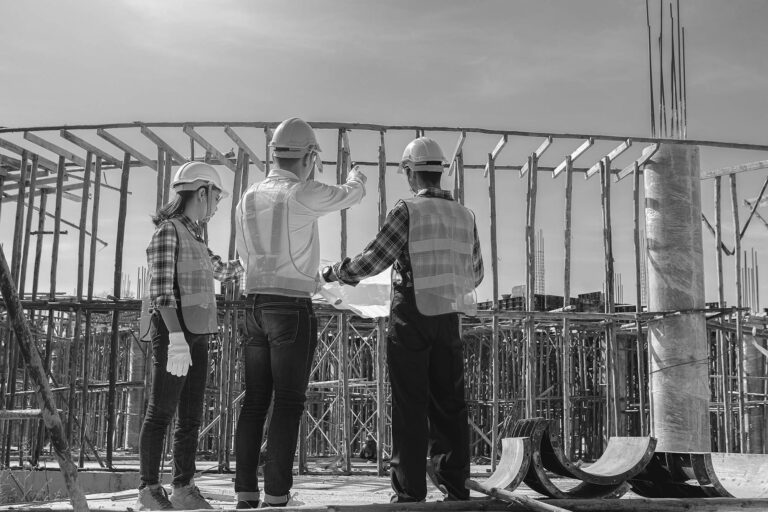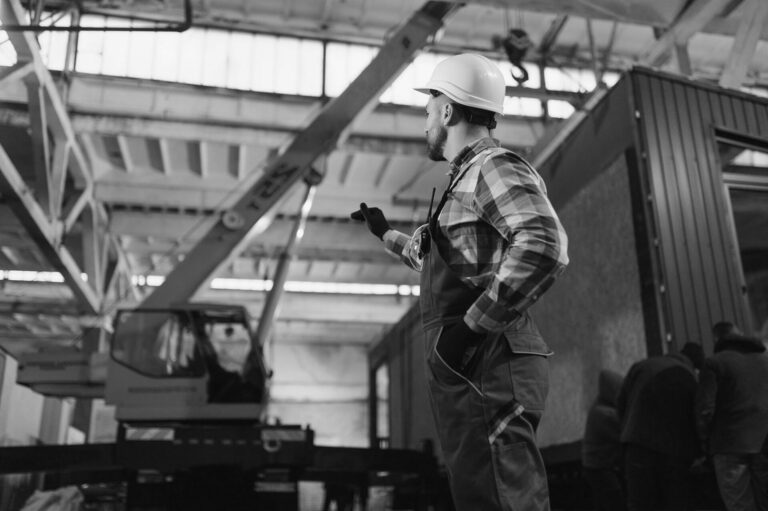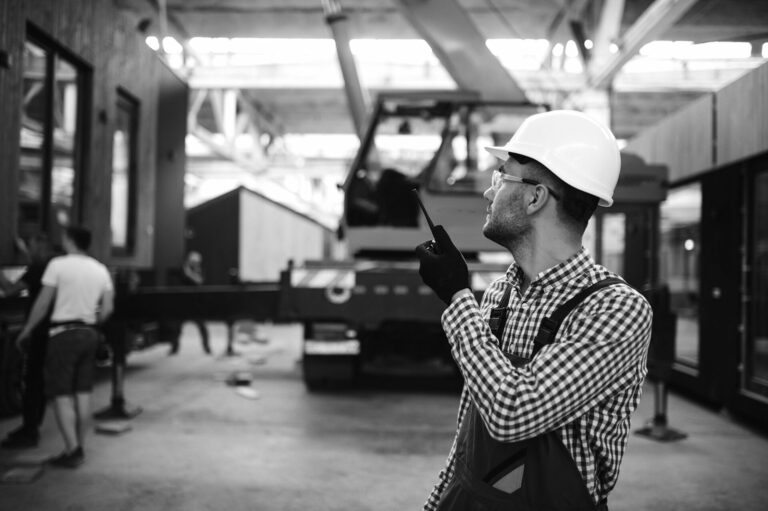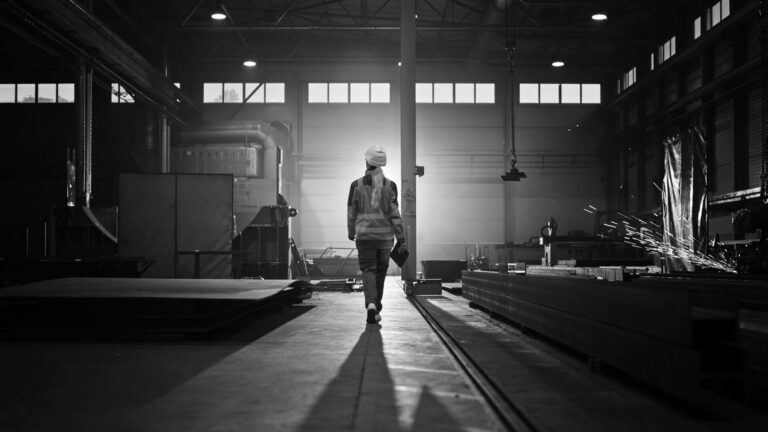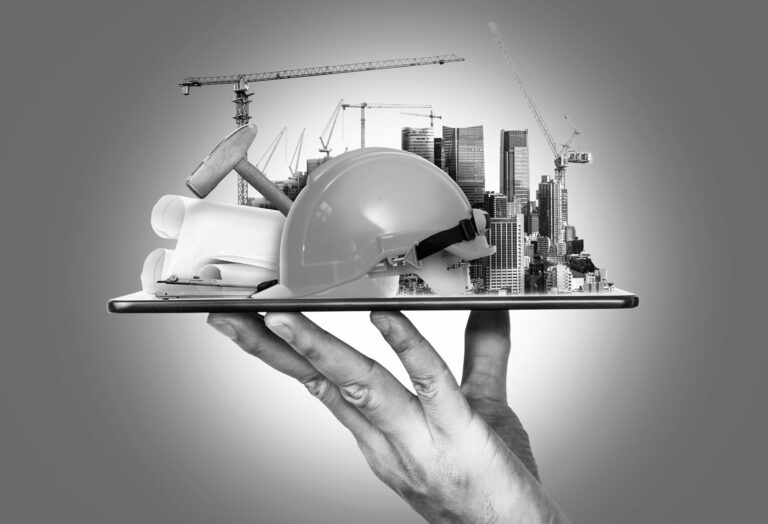America’s next industrial revolution isn’t happening in coastal tech hubs or Wall Street boardrooms. It’s unfolding on the plains of Iowa, in Texas wind farms, on Georgia assembly lines — and it’s running on clean energy. Driven by volatile energy prices, the pressure of climate change, and intensifying global competition, the clean economy is no longer a side story. It’s the main event.

According to the March 2025 update from Environmental Entrepreneurs (E2), clean energy jobs grew nearly 5% last year, adding around 300,000 new workers. That brings the total workforce to over 9 million strong — a number that signals not just growth, but a major redirection of the country’s economic engine. But behind the headlines lies a more complex truth: the rise of clean energy brings opportunity, tension, and a fierce battle over who controls the future.
For a long time, clean energy jobs clustered in blue states and urban centers. No more.
Texas, a giant in oil and gas, now leads the country in wind energy production. Georgia is becoming a solar manufacturing powerhouse. In Iowa, North Dakota, and Oklahoma, renewables are supplying major chunks of the electricity grid. “Every part of the country — red states, blue states, rural, urban, and everything in between — is seeing growth in clean energy jobs,” said Bob Keefe, E2’s Executive Director. “Clean energy is a Main Street phenomenon now.”
This widespread growth matters. It makes the sector harder to politically isolate — and cements clean energy as a serious national industry, not a boutique project for coastal elites. The transformation didn’t happen by luck. Two key federal laws — the Inflation Reduction Act (IRA) and the Infrastructure Investment and Jobs Act (IIJA) — built the foundation.
The IRA’s $370 billion in clean energy incentives unlocked a flood of private investment, with more than $360 billion pouring into clean tech in just two years, according to the Department of Energy. Upfront costs dropped for renewable developers, EV manufacturers, and everyday consumers.
Meanwhile, the IIJA funneled billions into rebuilding the nation’s crumbling power grid, expanding EV charging infrastructure, and boosting advanced manufacturing. Without these policies, clean energy’s momentum would have been slower, shakier, and far more uneven. “We are not just playing defense against climate change — we are playing offense,” said Secretary of Energy Jennifer Granholm. “America is leading the global clean energy race.”
The surge in clean energy jobs isn’t just big — it’s varied.
Energy efficiency remains the largest sector, employing over 2.2 million people who retrofit buildings, install better insulation, and manufacture smart appliances. Solar, wind, hydro, and geothermal power support another 700,000 jobs. The fastest mover? Clean vehicles, including electric vehicle manufacturing and battery production, growing nearly 15% year-over-year. Still, this shift isn’t as simple as trading a coal hardhat for a solar helmet. The clean economy demands different skills — from installation technicians and data analysts to materials scientists and cybersecurity experts. Many workers from fossil fuel industries are facing a skills gap. Programs like Solar Ready Vets and Wind Energy Technicians of Tomorrow are starting to close that gap. But there’s a long road ahead. “We need a historic investment in workforce training,” said Jigar Shah, head of the Department of Energy’s Loan Programs Office. “Otherwise, we risk bottlenecking this transition at precisely the wrong moment.”

There is another major challenge, however; ensuring everyone has a seat at the table. Right now, women hold only about 20% of clean energy jobs. Black, Latino, and Indigenous workers are underrepresented too, according to a 2024 workforce report from the National Renewable Energy Laboratory (NREL). Groups like the Greenlining Institute and the NAACP Environmental and Climate Justice Program are pushing for stronger hiring, training, and contracting standards to make the clean economy more inclusive. “The clean energy future must be inclusive, or it will replicate the inequalities of the fossil fuel economy,” warned Adrienne Hollis, senior climate justice advocate.
As clean energy matures, Wall Street and Silicon Valley are lining up. Global investment in clean energy smashed records in 2024, reaching $1.8 trillion according to BloombergNEF. Private equity firms, sovereign wealth funds, and pension funds are placing huge bets on renewables, batteries, green hydrogen, and grid technologies.
Larry Fink, CEO of BlackRock, put it plainly in his 2025 shareholder letter: “Climate investment will be the single largest investment opportunity of the next two decades.” But all that money brings its own risks. A stampede of investment could inflate bubbles, fund shaky projects, and trigger industry setbacks. Smarter, phased deployment of capital will be essential. Meanwhile, traditional oil and gas giants aren’t retreating — they’re rebranding.
Many now call themselves “energy companies” and are aggressively backing carbon capture, blue hydrogen, and “low-carbon” fossil fuels. The American Petroleum Institute is pushing an “all-of-the-above” energy strategy to keep fossil fuels in the mix.
Behind the scenes, lawsuits and disinformation campaigns targeting renewables are also increasing. “It’s not just an economic battle,” said Justin Worland of TIME Magazine. “It’s a battle for the narrative — who owns the future?” The coming years will be pivotal. Whichever story wins — fossil fuel preservation or clean energy expansion — will steer policy, markets, and public opinion for decades.
Even as clean energy surges, serious challenges loom:
Supply Chain Risks: America still relies heavily on China for solar panels and rare earth minerals. Building domestic supply chains will be costly and slow.
Permitting Delays: Renewable projects are being stalled by outdated permitting processes and local pushback. Modernization is urgent.
Labor Shortages: Without scaling up training programs, critical shortages could hit the sector by 2026.
Political Instability: Shifts in Congress or the White House could trigger regulatory rollbacks and stall progress.
“Momentum can be lost much faster than it’s built,” warned Heather Zichal, former CEO of the American Clean Power Association. “The next five years are make-or-break.” Today, the clean energy economy isn’t a future concept — it’s being built right now. The question isn’t whether the transition is happening. It is. The real question is whether America can make it fast enough, fair enough, and durable enough to survive the shocks ahead. Business leaders, policymakers, and investors have a narrow window to lock in gains and fix systemic flaws. If they succeed, the U.S. will not just cut carbon — it will reindustrialize for the 21st century, creating a cleaner, stronger, more resilient economy. If they fail, the economic, environmental, and human costs will be staggering.
The construction of America’s future is already underway. What matters now is how well we build it.



